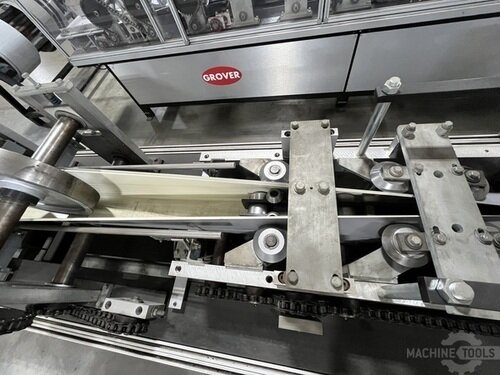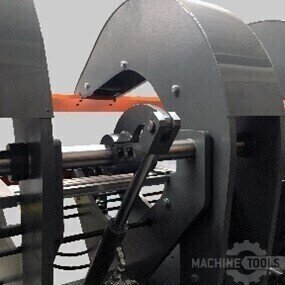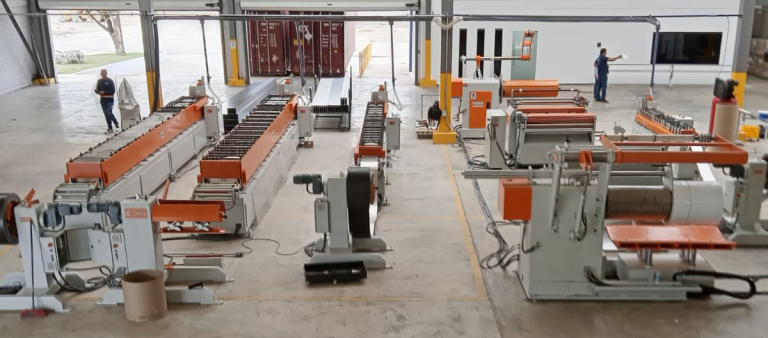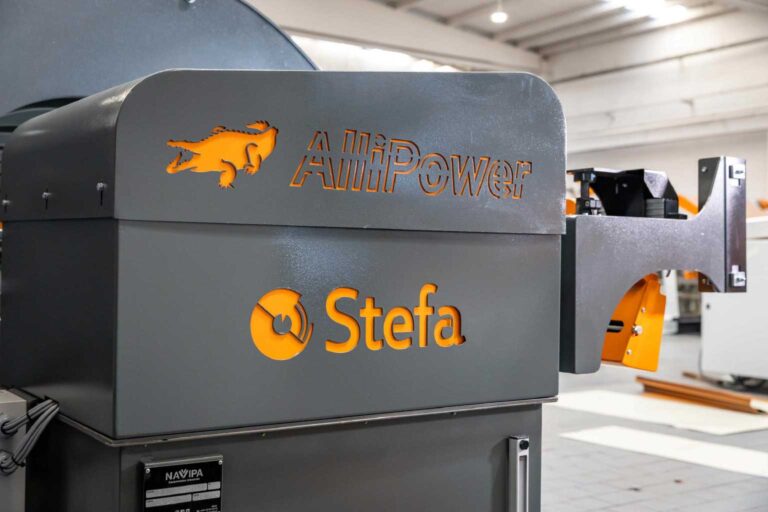Understanding Automated Roll Forming Feeders
As Regional Sales Executive at Mac-Tech, I’ve had the privilege of helping numerous shops enhance their production capabilities. From roofing lines in southern Chicago to advanced architectural fabrication, the key to modernizing operations often lies in embracing automation. Automated roll forming feeders, particularly those integrated by Stefa, have revolutionized how we think about labor and efficiency. By reducing manual handling and staffing needs, these systems streamline production, allowing shops to focus on quality and output.
Insights from the Field: Enhancing Efficiency and Reducing Waste
Walking through shop floors, I’ve seen firsthand how automation can transform operations. For example, integrating Stefa’s automated feeders has allowed businesses to cut down on waste significantly. The precision these machines offer means less material is discarded, translating directly into cost savings. Moreover, the reduction in manual intervention not only speeds up production but also minimizes errors, enhancing overall product quality.
Key Processes: Slitting, Forming, and Folding
In roll forming, the processes of slitting, forming, and folding are crucial. Automated systems excel in these areas by ensuring precise cuts and bends every time. Machines like Erbend and Akyapak bring unparalleled accuracy to these processes. By automating these steps, shops can achieve consistent results, reduce labor costs, and improve throughput. The precision in slitting and forming ensures that materials are used efficiently, reducing waste and enhancing ROI.
Evaluating Your Current Equipment: Precision and Workflow Integration
Evaluating your existing equipment is essential to determine if an upgrade is needed. Precision and workflow integration are critical factors. For instance, older machines may lack the accuracy or speed of modern systems like those from Rytech or Mac Shear. By assessing these aspects, you can identify bottlenecks and inefficiencies. Upgrading to automated feeders and modern roll formers can seamlessly integrate into your workflow, enhancing both precision and efficiency.
GROVER 5400 AX
The Impact of Automation on Decoiling and Shearing
Automation has a profound impact on decoiling and shearing processes. Automated systems can handle larger coils with ease, reducing the need for manual intervention. This not only speeds up production but also enhances safety on the shop floor. For example, Mac Shear’s advanced systems provide precise shearing capabilities, reducing material waste and increasing throughput. By automating decoiling and shearing, shops can achieve significant labor savings and improved productivity.
Upgrading Your Roll Former: When and How to Invest
Deciding when to upgrade your roll former can be challenging. However, if you’re experiencing frequent downtime or inefficiencies, it’s time to consider an investment. Modern machines offer better ROI through increased speed, precision, and reduced labor costs. When upgrading, consider your long-term goals and choose equipment that aligns with your production needs. Investing in automation is not just about immediate gains but about setting your shop up for sustained success.
FAQ Section
When is the right time to upgrade a roll former or folder?
It’s time to upgrade when your current equipment can’t meet production demands or incurs high maintenance costs.
How do servo-driven folders compare to hydraulic systems?
Servo-driven folders offer greater precision and speed, leading to improved efficiency and lower energy consumption.
What’s the difference between a combi-beam and double folder?
A combi-beam is versatile for different profiles, while a double folder is ideal for high-volume consistent bends.
What are signs a roll forming line is no longer cost-effective?
Frequent breakdowns, excessive waste, and inability to meet production targets indicate inefficiencies.
How can coil automation reduce operator requirements?
Automation reduces manual handling, allowing operators to oversee multiple lines, thus lowering labor costs.
What kind of maintenance schedule do panel benders need?
Regular inspections and timely servicing, typically every six months, ensure optimal performance and longevity.
Can older shears be upgraded with safety and accuracy features?
Yes, retrofitting older shears with modern safety and precision features can enhance their performance and extend their life.
In closing, I invite you to reach out for a walkthrough, demo, or quote. At Mac-Tech, we pride ourselves on building trust and delivering long-term success for our customers. Whether you’re looking to upgrade or just exploring options, I’m here to help guide you through the process with expertise and dedication.
Get Weekly Mac-Tech News & Updates






